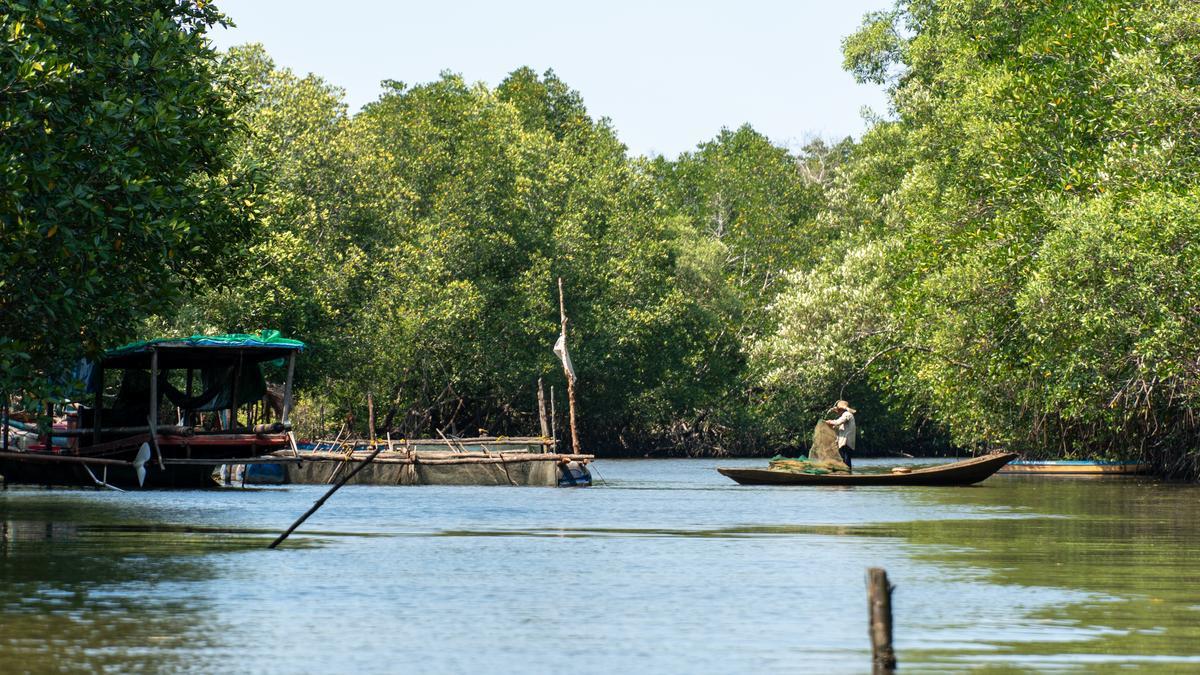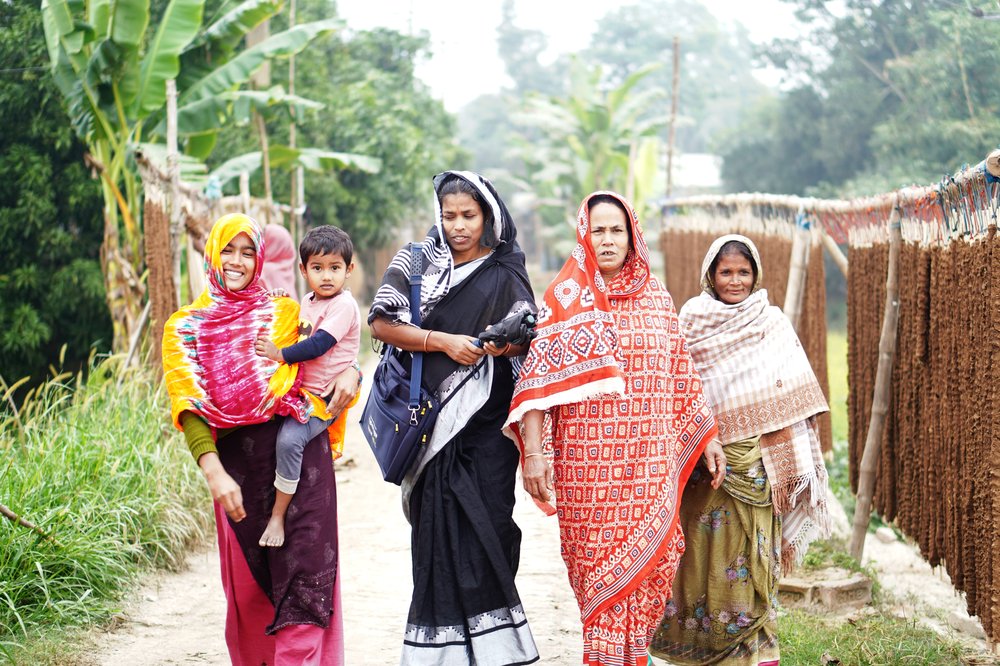This post is part of a series developed by The Chicago Council on Global Affairs and Landesa to highlight the importance of securing land rights for smallholder farmers. This series is running concurrently with the World Bank’s 2014 Land and Poverty Conference taking place in Washington, D.C. Follow the conversation on Twitter with hashtag #landrights
In the course of our work at USAID, we have observed that over the last several years, large capital inflows from the private sector to emerging markets – some projections estimate that $30 billion in private capital will be invested in farmland by 2015 – have created challenges and opportunities for global agricultural systems and markets. Some, but not all, of these investments involve large-scale acquisitions of land (known more popularly, although not necessarily accurately, in the media as “land grabs”). There have been significant discussions in the media and in global forums about the effects—both positive and negative—of these investments on economic growth, food security, gender equality, and sustainable development. Proponents argue that large-scale investments are needed to accelerate economic growth, reduce poverty, increase agricultural productivity, and meet the world’s rising demand for food. At the same time, many have expressed concerns over the transparency, fairness, and potential negative impacts of these investments, including the risk of physical or economic displacement of the poorest of the poor.
This debate has led to several welcome developments in the international community. Recently, an increasing number of private companies, most notably The Coca-Cola Company, have committed to adopting new internal guidelines or have refined existing practices in an attempt to mitigate the negative consequences of selected agricultural investments – or the investments of their suppliers – especially those involving large-scale land transactions. In 2012, after a broad and inclusive consultation process involving civil society, the private sector, and governments, the UN Committee for World Food Security adopted the Voluntary Guidelines for the Responsible Governance of Tenure of Land, Fisheries, and Forests in the Context of National Food Security. These guidelines aim to establish rules for property rights and land and resource governance in developing countries as a strategy for improving food security, promoting sustainable development, limiting conflict, and reducing extreme poverty. The same UN body is presently working to develop Principles for Responsible Agricultural Investment (RAI) that will provide a framework to guide national regulations, global corporate social responsibility initiatives, and individual investment contracts covering all types of investment in agriculture.
All of these developments recognize and promote an emerging global consensus that secure property rights benefit both local communities and investors and are an essential component of sustainable development and global prosperity. The trick, of course, is how these different developments – the Voluntary Guidelines, the RAI, and the evolving private sector practices – come together and work on the ground.
Unclear or unenforced property rights create risks and challenges for investing or conducting business in the agricultural sector in developing countries, particularly in Africa and some parts of Asia. A number of businesses with global investments have become convinced that they may not always have the proper metrics or tools for analyzing property rights conditions as part of their risk analysis before making investments. This is particularly worrisome – for both the investors and the local communities – when the companies in question require a large footprint for commercial agriculture.
Some observers may assume that these investors understand the conditions on the ground—who ‘owns’ the land, who uses the land, who has rights to access the land—before they invest. I am convinced that despite their best efforts to conduct due diligence, many investors may not know what to look for. Many companies have limited understanding of the often overlapping customary or common-law property rights systems that prevail in numerous emerging economies, which may or may not be formally recognized by the law, and, consequently, misjudge their investment risk. These risks can be compounded by host governments that are either corrupt or lack the knowledge and institutional capacity to enforce their own property laws and systems. The end result can be disastrous for both the investor and the local communities. The bottom line is that we must avoid doing harm, causing displacement and violent conflicts over land, undermining food security, and driving away needed private sector investment.
One model that USAID has proposed focuses on creating local-level corporate structures, where the people and communities who have legitimate rights to occupy the land become shareholders in a joint commercial enterprise with the investor. The companies bring capital and technology, and the local landholders lease the land and, if they choose, contribute labor and local knowledge. This model would mitigate risk, reduce transaction costs, and create huge economic opportunities for both the investor and local landholders. The keys to the success of this model hinge on the right mix of risk and benefit sharing between the partners, as well as the cooperation and willingness of the partners and the government to respect and enforce contracts underpinned by appropriate policies and law enforcement.
This model can bring important benefits to both investors and communities, but what would we need to do to make this work? What does the private sector need, and what do the host country governments need to make this experiment deliver tangible results?
On the host government side, implementation of laws and policies, and the development of institutions comporting with the objectives of the Voluntary Guidelines, would go a long way toward creating the right investment climate, including the security of rights required to attract responsible investment. On the private sector side, two important developments would help. First, private firms investing in commercial agriculture might consider aligning themselves with donors or non-profit ‘impact’ investors to help establish corporate structures, train local citizens, and verify rights and responsibilities, well before for-profit operations start. Second, investors, consumers, civil society and other stakeholders could come together to develop and implement a code of conduct for responsible investment in regards to land, such as those established for Fair Trade Coffee or Conflict-Free Diamonds. This could result in an industry-recognized international standard that establishes a “seal of approval,” creates positive incentives, measures progress and harnesses the power of consumers to drive positive change.
Related blogs


